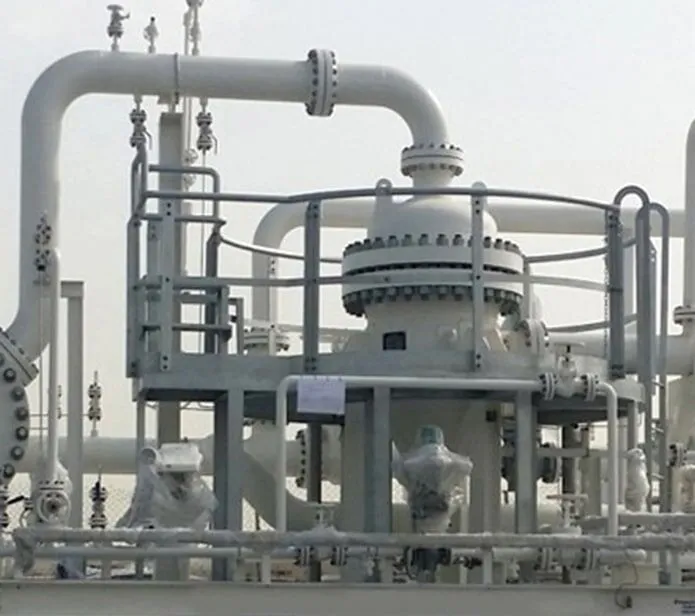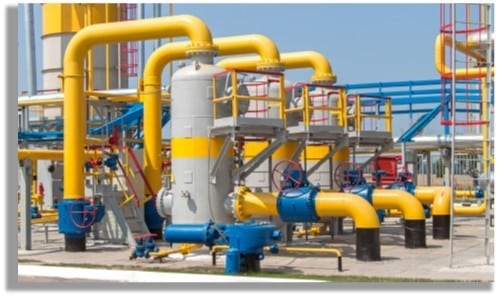Introduction to Desanding Hydrocyclone Technology
Desanding hydrocyclones are a pivotal component in the process of separating sand and other solid particles from water or other liquids. These devices utilize centrifugal forces, generated by the movement of fluids through the cyclone, to separate solids based on their size and density. The application of desanding hydrocyclones spans various industries, including oil and gas production, mining, wastewater treatment, and manufacturing, providing an efficient and cost-effective solution for maintaining the integrity and performance of fluid systems.
How Desanding Hydrocyclones Work
The principle behind a desanding hydrocyclone is relatively straightforward yet highly effective. Fluids containing suspended solids enter the hydrocyclone at high velocity, creating a swirling motion within the device. This motion generates centrifugal forces that push heavier particles to the outer edges, allowing them to fall downwards towards the apex or underflow, while the cleaner fluid exits through the top or overflow. The design and operational parameters of the hydrocyclone can be adjusted to target specific particle sizes, making it a versatile tool for various applications.
Key Benefits of Using Desanding Hydrocyclones
Efficiency in Solid Separation
One of the primary advantages of desanding hydrocyclones is their ability to efficiently separate a high volume of solids from liquids without the need for moving parts, thus minimizing maintenance requirements and operational costs.
Versatility Across Industries
Due to their robust design and operational flexibility, desanding hydrocyclones find applications in a wide range of industries. They are particularly valuable in settings where the removal of sand and other solid contaminants is critical to protecting equipment and ensuring process efficiency.
Environmental Compliance
By effectively removing solids from wastewater and other fluids, desanding hydrocyclones contribute to environmental compliance efforts, particularly in industries where the discharge of solids is regulated.
Applications of Desanding Hydrocyclones
Desanding hydrocyclones are used in various applications to protect equipment from damage and to maintain the efficiency of processing systems. Some common applications include:
- Oil and Gas Production: Used to remove sand from crude oil and natural gas streams, protecting downstream equipment from erosion and blockages.
- Mining and Mineral Processing: Employed to separate valuable minerals from sand and other particulate matter in slurry form.
- Water Treatment: Utilized in both industrial and municipal water treatment facilities to remove sand and other solids from water sources.
Selection and Optimization of Desanding Hydrocyclones
Selecting the appropriate desanding hydrocyclone for a specific application involves considering several factors, including the size and density of the particles to be removed, the volume of fluid to be treated, and the operational conditions of the system. Optimization of hydrocyclone performance can be achieved through careful adjustment of variables such as feed pressure, vortex finder diameter, and the geometry of the cyclone itself.
Challenges and Considerations
While desanding hydrocyclones offer numerous benefits, there are challenges and considerations to be aware of. The efficiency of separation can be influenced by fluctuations in the composition of the feed, changes in operational conditions, and wear and tear on the hydrocyclone itself. Regular monitoring and maintenance are essential to ensure optimal performance.
Effective, Efficient, and Versatile
Desanding hydrocyclones provide an effective and efficient solution for removing sand and other solids from fluids, offering benefits such as operational cost savings, protection of downstream equipment, and compliance with environmental regulations. Their versatility across different industries and applications makes them a valuable tool in managing the challenges associated with solid contaminants in fluid systems. By understanding the principles of operation, benefits, and applications of desanding hydrocyclones, organizations can make informed decisions about incorporating these devices into their operations for improved performance and reliability.
Get in touch with the CECO Environmental team today to determine the best solution for your individual needs.



